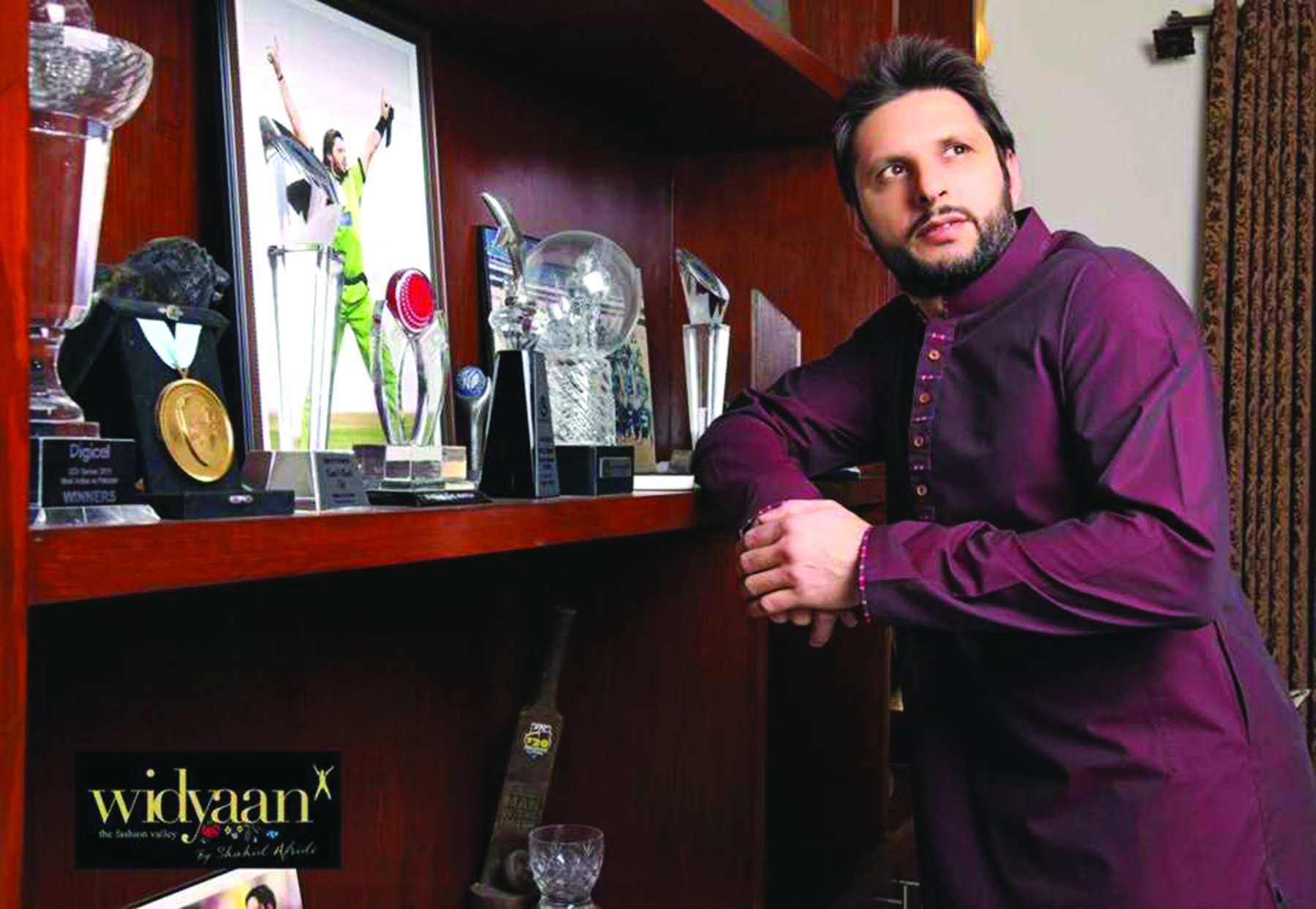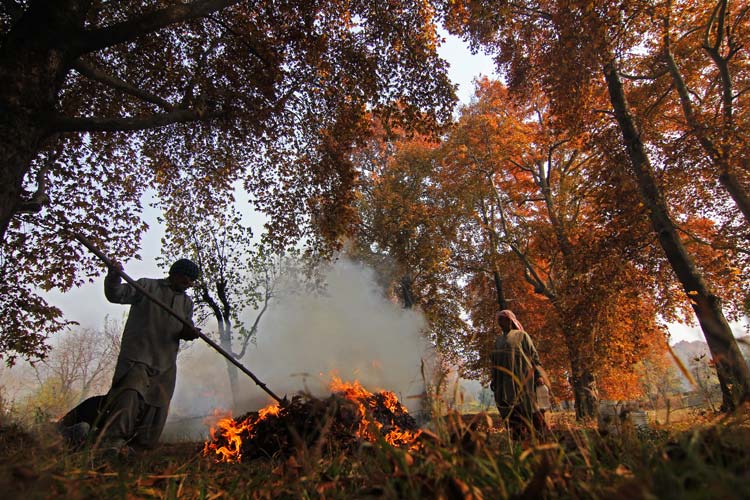Anything with made in Pakistan tag sells like hot-cakes in Kashmir. Reason: The cultural, geographical, and religious affinity that valley shares with the people across the border. Mohammad Raafi reports the method behind the madness

As the photos of Hizb-ul-Mujahideen’s Haroon Ahmad alias Major Mast Gul, a mercenary from Peshawar, Pakistan holding an AK-47 assault rifle on a hill overlooking Noor-ud-Din’s (RA) Shrine in Chrar-e-Shrief started making to the front page of local dailies, he became an instant hero in conflict-ridden Kashmir.
His shoulder length locks, kept together by a greyish Peshawari cap, and his free flowing jet black beard, became signature fashion statement of sorts in otherwise grim Kashmir. It was April 1995. Soon young Kashmiris, riding on the “heroics” of Gul, would swift through Srinagar markets, looking for ‘Mast Gul Caps’.
Ever since Kashmir is in love with anything and everything that has ‘Made in Pakistan’ tag attached to it.
Now fast forward to 2016, and you will see Kashmiri girls and boys, surfing internet in order to stay abreast with the latest trends in Pakistan. Labels like Sana-Safinaz, Gul Ahmad, Khaadi, Junaid Jamshed, Bareeze, Five Star and Firdous are now part of Kashmir’s popular fashion, almost as much as they are part of Pakistan’s fashion.
“Pakistan has always influenced fashion and culture in Kashmir, primarily due to our religious, geographic and cultural similarities,” says Muhammad Abdul Bari, a blogger, who prefers to wear Pakistani Khandress. “Even Turkish, Arabian, and Iranian dresses are popular in Kashmir.”
A walk around Srinagar’s old Srinagar market and one can see how display windows of shops are filled with (Shahid) Afridi style Shalwar Kameez, Peshawari sandals, Pakol caps, Sindhi caps, and replica of famous designer brands like Gul Ahmad, Sana-Safinaz etc.

At the peak of 90s, when Pak-trained militants used to roam and rule Srinagar streets– often clad in “different” style of Kameez-Shalwar’s – they became mobile fashion ambassadors. “We grew up watching these men,” says Bilal, a resident of downtown, who was 18 when militancy erupted in Kashmir in 1989. “I immediately got myself a similar Salwar-Kameez made from a local tailor.”
For Nazir, another youngster who grew up in downtown during troubled 90s, “It was our way of venting anger against India, while displaying our love for Pakistan.”
“Post 1947, Kashmiris on many occasions used Pakistani style primarily to show their love for Pakistan and hatred towards India,” says Zareef Ahmad Zareef, a Kashmiri poet and satirist.
But the Pakistani fashion’s acceptance in Kashmir is not relative to the sound of guns, feels Sabreena, a boutique owner in Srinagar. “It is the quality, design, embroidery, and fitting of Pakistani dresses that makes them popular among younger generation in Kashmir,” claims Sabreena, who has a huge demand for Pakistani dresses. “These dresses suit Kashmiri girls in many ways; they are modest and at the same time fashionable.”
Shazia, a would-be-bride, is a typical case, but not isolated. She went all the way to Pakistan to purchase trousseau (Wardaan), a few months back. “The kind of choice and variety you get there is amazing,” says a visibly happy Shazia. “Their long kurta style dresses are so beautiful, and cheap, that I couldn’t resist exceeding my budget,” says Shazia. “You can wear Pakistani dresses at all occasions without any worry as they are highly modest and modern,” she quips.
Initially Shazia was sceptical to try Pakistani long kurta’s as she is 5 feet tall. “Then I purchased one long kurta from a boutique in Srinagar, and I was amazed to see how it actually made me look taller,” recalls Shazia.
After visiting Pakistan, Shazia is an ‘expert’ among her friends and relatives, when it comes to fashion. “Shorter women should wear long Kurtas with contrast straight pants, while taller women should opt for Palazos and Shararas,” says Shazia.
There is something for everybody in Pakistan’s kitty, says Muneer, a trader from Srinagar’s main business hub Lal Chowk. “I have seen kids fighting with their fathers telling them they want same kurta worn by (Shahid) Afridi on Eid.”
Muneer recalls how last year, a day before Eid-ul-Adha, a visibly tense father of two, was going from shop-to-shop carrying a photo of Afridi on his smart phone wearing a particular Pathani dress. “Can I get this Pathani dress, and matching Peshawari sandals,” Muneer remembers him asking.

Basharat, a businessman who deals in carpets and Kashmir handicrafts, never misses an occasion to invite his friends over dinner. “I get Chappli Kabab, Dum Pukht, and Pakistani Korma made for my friends. This adds uniqueness to our menu,” says Basharat, who has just one wish: a visit to Lahore’s famous food street.
Besides dresses, caps, and sandals, there is a huge demand for Pakistani spices in Kashmir. “Their spices sell like hot-cakes,” says a spice dealer from downtown’s Zainakadal area. “People know brands like National, Shaan etc like they are local brands,” says the dealer.
It doesn’t turn heads anymore when people come across a girl wearing a long Pakistani style kurta on the streets of Srinagar, it only gets appreciated.














